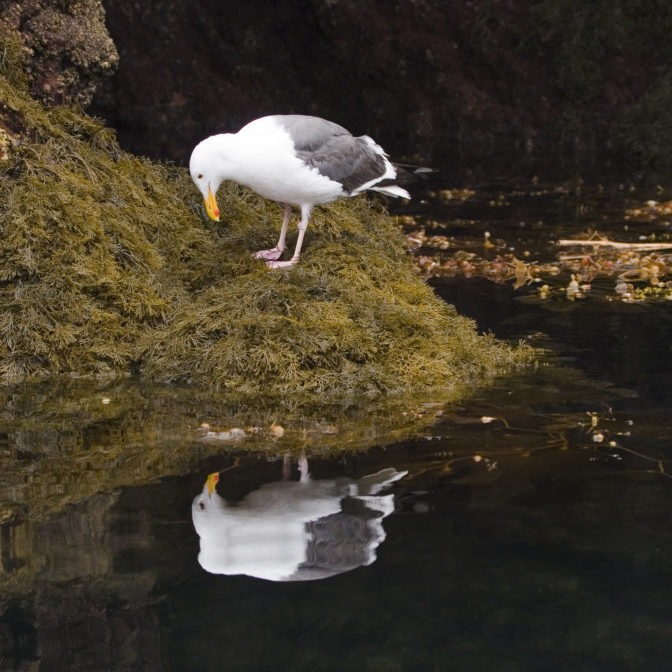CONSERVATION - WILDLIFE PROGRAMS
Seabirds
Background
Seabirds are classified as a bird species that spends part of their life outside the intertidal or surf zone (audubon.org).They have many adaptations such as dense, water-proof feathers that help them survive in the open ocean (audubon.org). These species are important indicators of the health of global fisheries and are a food resource for many marine and terrestrial wildlife species.

Seabirds
Why Do We Care?
While there has often been a concerted effort to monitor our terrestrial and resident avian species, marine species are understudied because they spend much of their life at sea. Globally, seabirds are sensitive to a variety of risks from terrestrial, marine, and climate change sources. Santa Catalina island’s diverse habitats provide resources for thousands of seabirds comprising dozens of species. Therefore, this island can play an important part in the conservation of these species.
What Do We Do?
The Conservancy has numerous efforts to monitor and manage seabird populations. These include general whole island surveys as well as specific surveys on sensitive species.
Species Specific Surveys – Scripps’s Murrelets
The Scripps’s Murrelet (formerly Xantus’s Murrelet) is a small robin-sized seabird with a range stretching from southern California to central Baja California, Mexico. It spends most of its life at sea concentrating in deep waters beyond the continental shelf where it feeds on anchovies and sardines, and nests on offshore islands including the Channel Islands and Los Coronados Islands. Given their small world population size (7,000-8,000 breeding pairs), restricted breeding range, and numerous threats to the population, the murrelet remains on the state threatened list in California. The major threats to the survival of the Scripps’s Murrelet include nest predation by native and non-native animals (e.g., mice, rats, cats, and foxes), artificial light pollution, oil pollution, and changes in prey availability due to changing ocean conditions.
The status and distribution of Scripps’s Murrelets on Catalina Island was among the least documented of all the California Channel Islands colonies. So, in 2012 Conservancy biologists and seabird biologists from the California Institute of Environmental Studies started annual spotlight surveys and nest searches to obtain estimates of the abundance and breeding distribution of this rare seabird species. Results of these annual surveys reveal that Catalina supports a healthy breeding colony in southern California.
Whole-Island Multi-Species Survey

Unfortunately, we at the Conservancy do not have the resources to monitor all the important seabird species individually. Therefore, in addition to the Scripps’s Murrelet surveys, we conduct a daytime circumnavigation boat survey to document all seabird and marine mammal species occurring on Catalina Island. The first daytime circumnavigation of Catalina Island, specifically for breeding seabirds, occurred in 1991. This survey allows us to compare our current seabird species to species observed 30 years ago. This helps us pinpoint hot spots on the island for seabirds as well as any changes in occurrence. The whole island survey provides comprehensive understanding of the diversity and distribution of species across the island.
